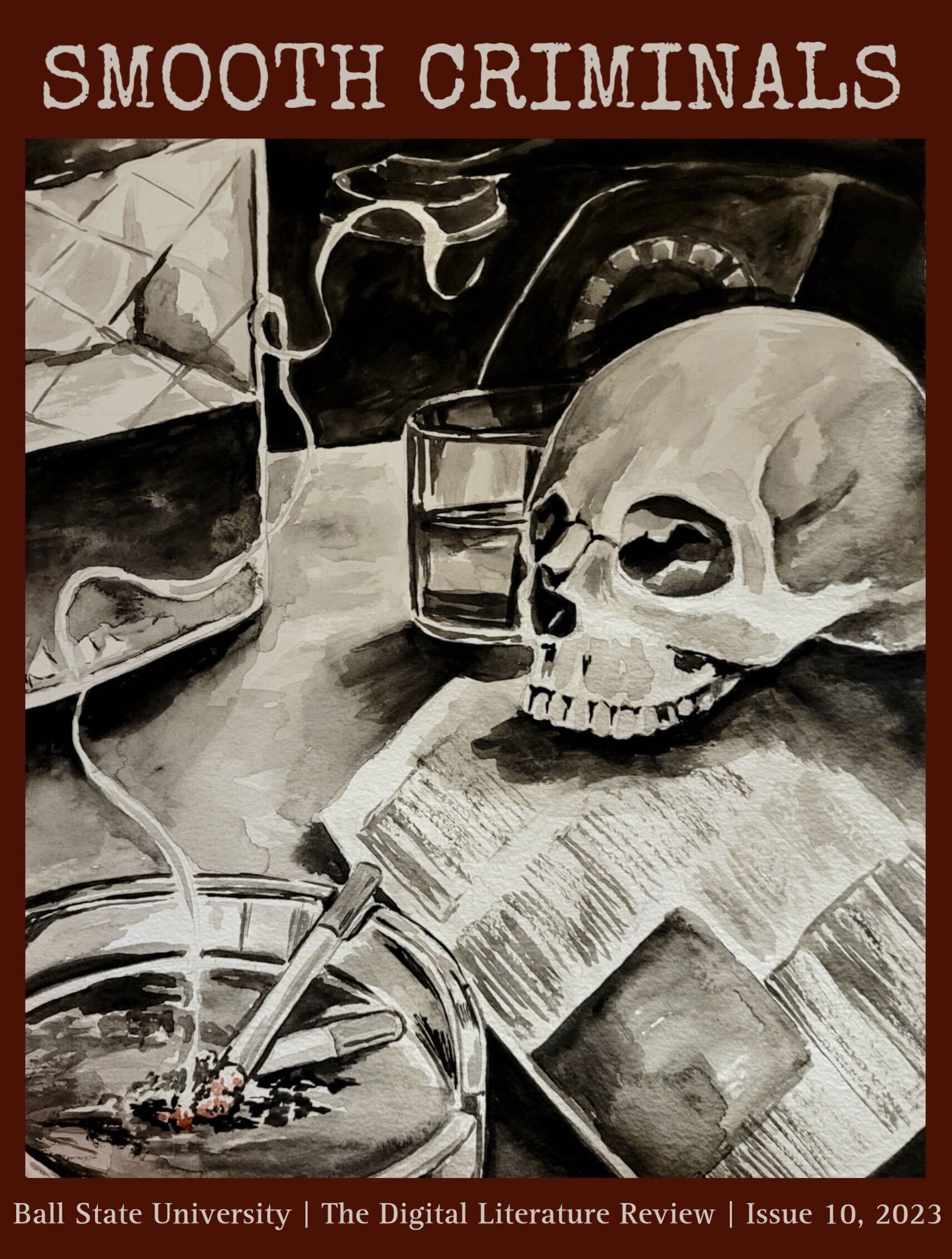Smooth Criminals
An Introduction to the Prevalence and Power of True Crime and Crime Fiction in Society
DOI:
https://doi.org/10.33043/DLR.10.1.6-12Abstract
With the ever-growing popularity of the true crime and crime fiction genres, identifying, recognizing, and ultimately changing the harmful narratives that often lie within them is imperative. The cultural significance of these stories cannot be overstated, and leaving them without critique only creates more space for discriminatory and criminalizing portrayals. The lack of intersectionality in both crime fiction and true crime is a paradoxical issue, which can only be solved through accountability and intervention. While many authors have made strides to recognize and diversify tropes in the genre, it still remains largely catered to and biased toward the dominant population (whether it be class, race, gender, etc.). That is why our hope with this journal is to help readers explore and examine the tropes and inequities in crime media and literature as well as within real-life socio-economic contexts. Each essay provides a different perspective on various complex issues within the genre, offering a critical understanding of popular crime literature, film, and media. Throughout the journal, we encourage our readers to take an introspective approach to their own interactions with crime media and the significance of their personal consumption of it.
Downloads
Downloads
Published
How to Cite
Issue
Section
License
Copyright (c) 2023 Digital Literature Review

This work is licensed under a Creative Commons Attribution-NonCommercial-NoDerivatives 4.0 International License.



